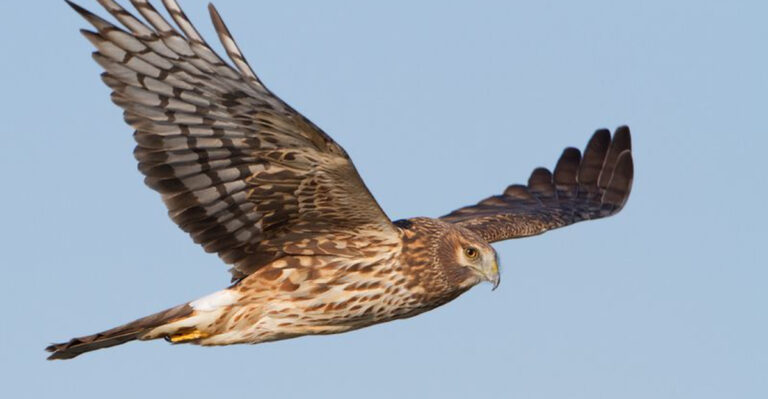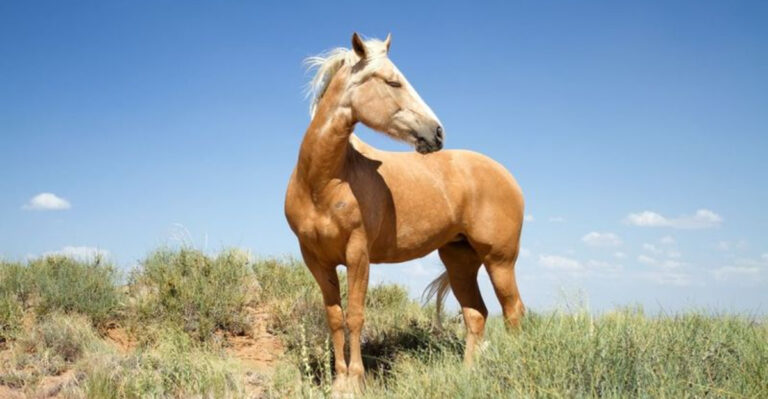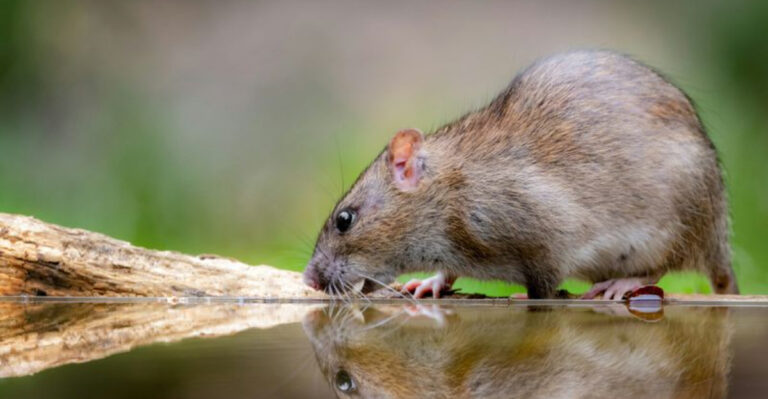21 Amazing Wild Animals Found Only In The U.S.
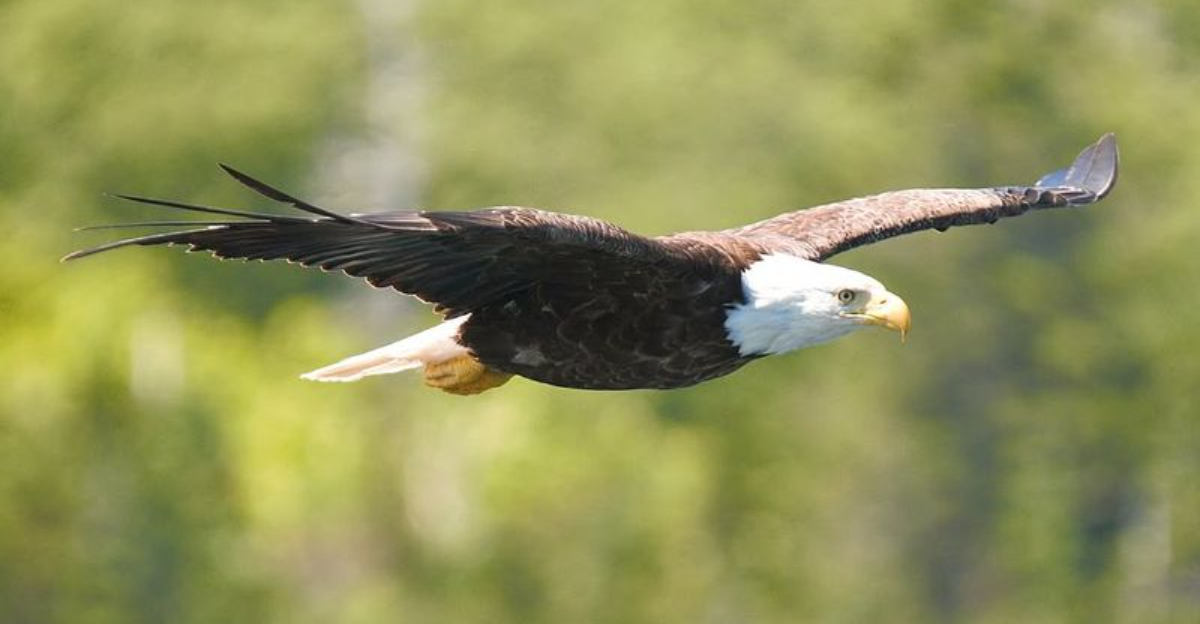
The United States is home to some of the most fascinating and unique wildlife species that can’t be found anywhere else.
These incredible animals each have their own stories to tell, from the majestic bald eagle soaring through the skies to the elusive Florida panther prowling the Everglades.
Join us on a journey as we explore 21 amazing wild animals that are native only to the U.S., each with its own quirks, traits, and tales that make them truly special.
1. American Alligator
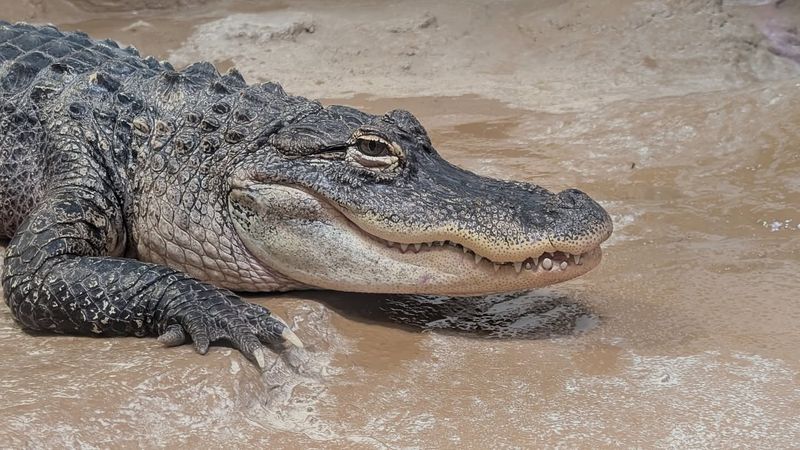
These modern-day dinosaurs boast powerful jaws and a lengthy, muscular body. They’re fascinating creatures dwelling mostly in the southeastern U.S. With a history dating back millions of years, their survival story is as captivating as their stealthy hunting skills.
2. California Condor
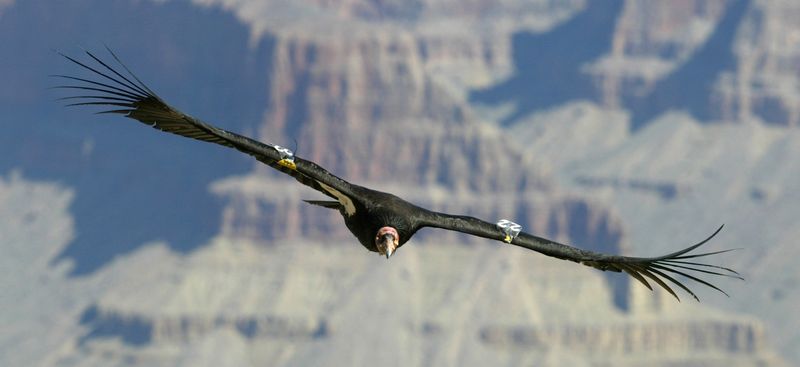
High above the rugged cliffs of the Grand Canyon, the California Condor spreads its enormous wings. This critically endangered bird is a symbol of wildlife conservation success. Despite its size, the condor gracefully navigates the skies, playing a crucial role in the ecosystem by scavenging carcasses.
3. Florida Panther
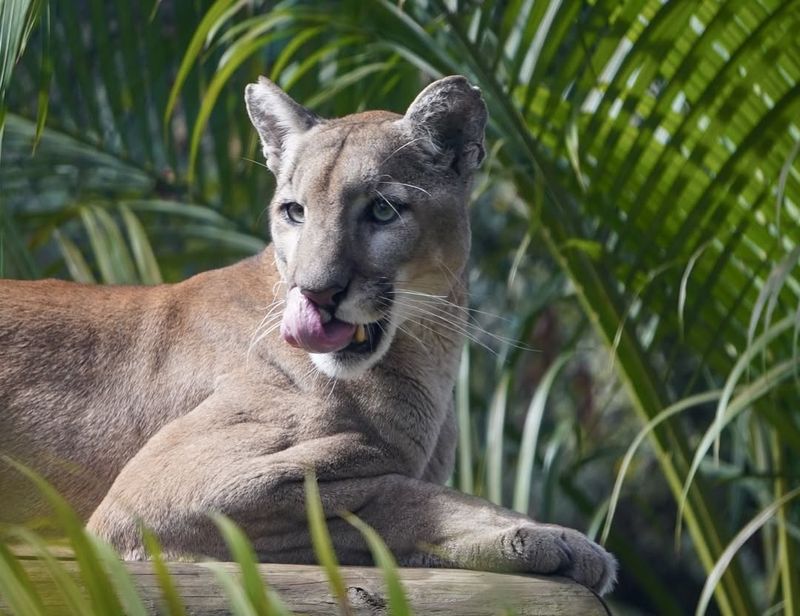
In the heart of the Everglades, the elusive Florida Panther prowls with grace and power. As one of the rarest big cats globally, this panther’s survival is a testament to conservation efforts. With its tawny coat and piercing eyes, it commands both respect and admiration in the wild.
4. Key Deer
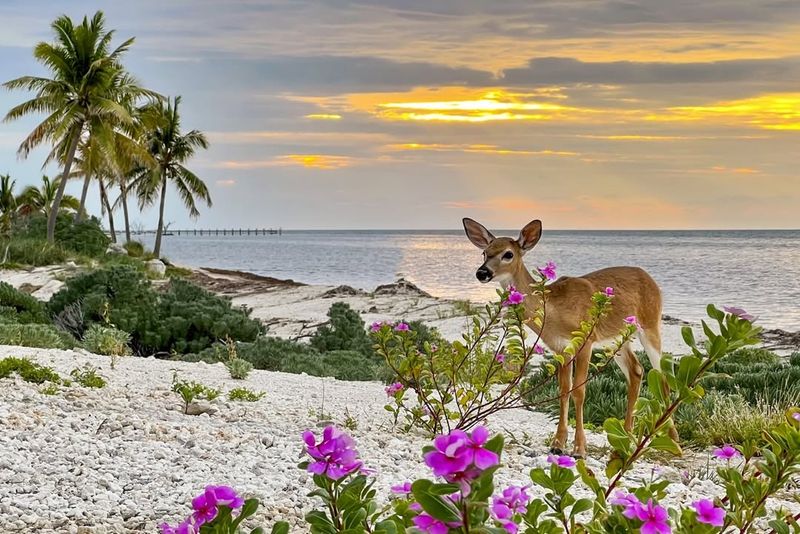
Among the sunlit islands of the Florida Keys, the Key Deer roams. Known for its diminutive size, this deer species is unique to the region.
Once on the brink of extinction, these charming creatures have rebounded thanks to dedicated conservation efforts. Their gentle nature adds to the Keys’ serene ambiance.
5. Olympic Marmot
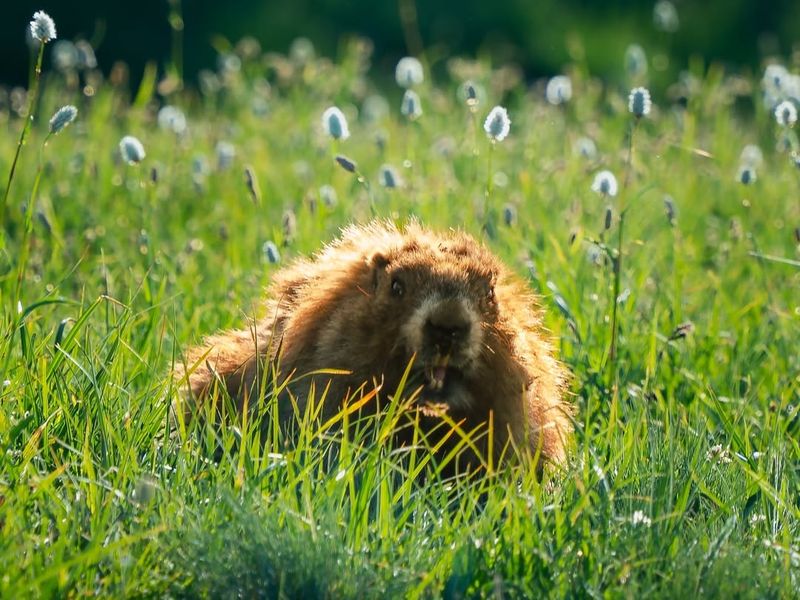
Nestled in the alpine meadows of the Olympic National Park, the Olympic Marmot whistles a tune among the wildflowers. This sociable creature is the park’s mascot, known for its distinctive calls. Spending winters in hibernation, they emerge in spring with boundless energy, ready to play and forage.
6. Bald Eagle
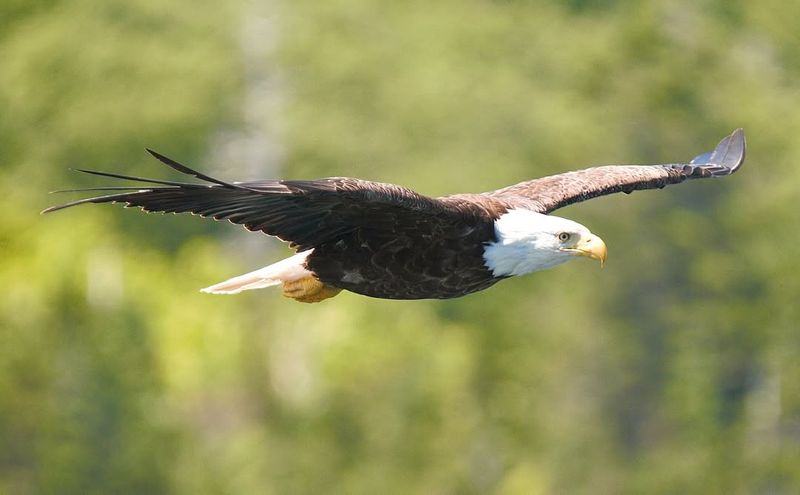
With keen eyes scanning the Alaskan rivers, the Bald Eagle holds a commanding presence. As the national emblem, its white head stands in stark contrast to its dark body. Known for incredible fishing prowess, these eagles glide effortlessly, embodying the spirit of American freedom and resilience.
7. Red Wolf
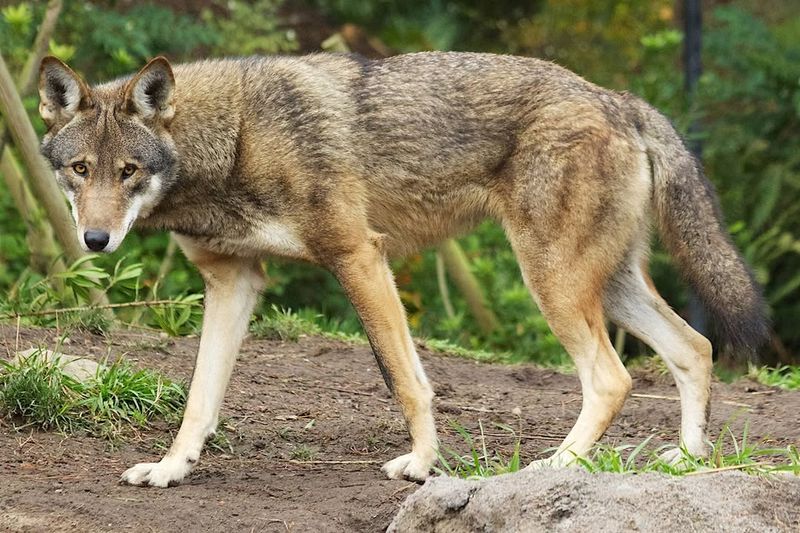
In the dense forests of North Carolina, the Red Wolf moves with cautious grace. Once declared extinct in the wild, reintroduction programs have given them a new lease on life. With their reddish coats and haunting howls, these wolves are a testament to the resilience and adaptability of wildlife.
8. Gila Monster
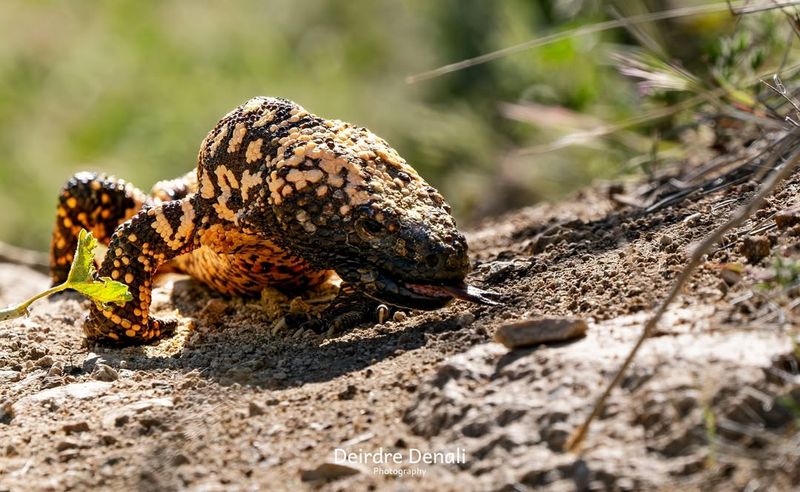
Beneath the scorching Arizona sun, the Gila Monster slinks over rocky terrain. This venomous lizard, with its striking black and orange patterns, is as beautiful as it is deadly. Known for a slow, deliberate pace, its true power lies in its potent bite, a defense mechanism that has served it well.
9. Hawaiian Monk Seal
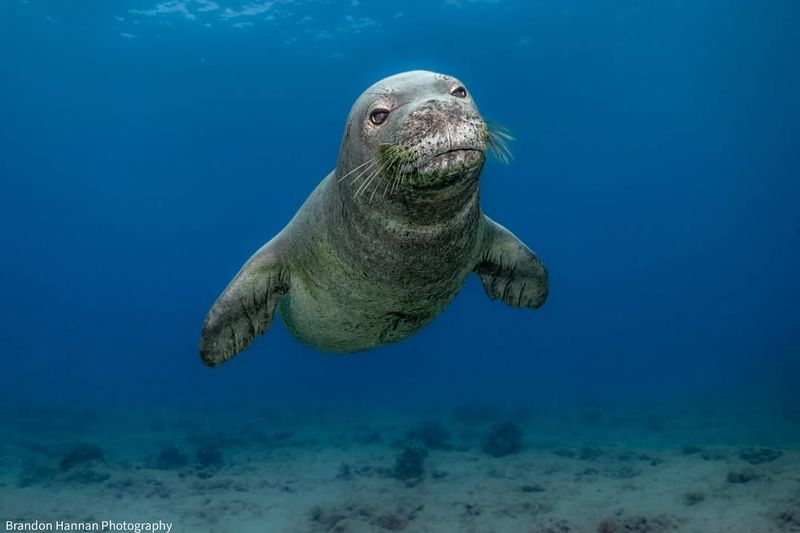
Off the sunny shores of Hawaii, the Hawaiian Monk Seal dips and dives. Endemic to the islands, this playful marine mammal is critically endangered. Spending days lounging on beaches or exploring coral reefs, they are central to Hawaii’s marine ecosystem and beloved by locals and tourists alike.
10. American Bison
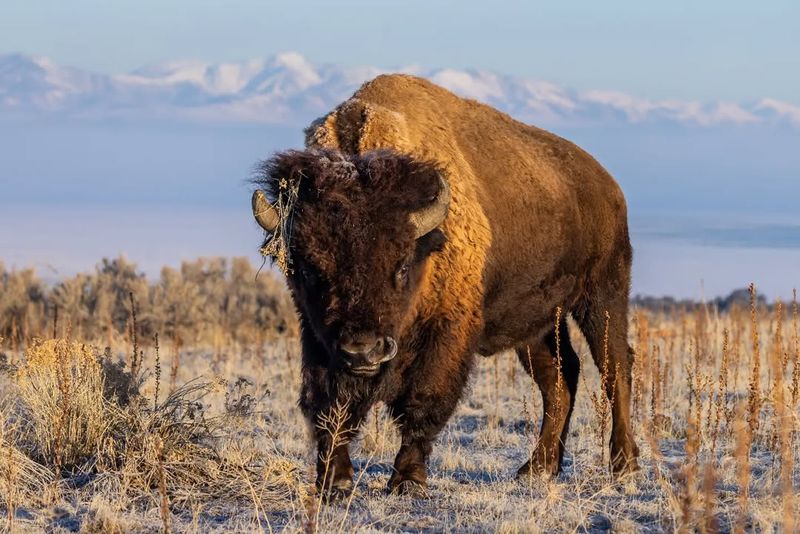
On Yellowstone’s sprawling plains, the American Bison roams as both a symbol of the West and a conservation triumph. These massive animals, with their shaggy manes and powerful builds, once faced extinction due to overhunting. Now, they grace the landscape, embodying strength and survival.
11. Eastern Indigo Snake
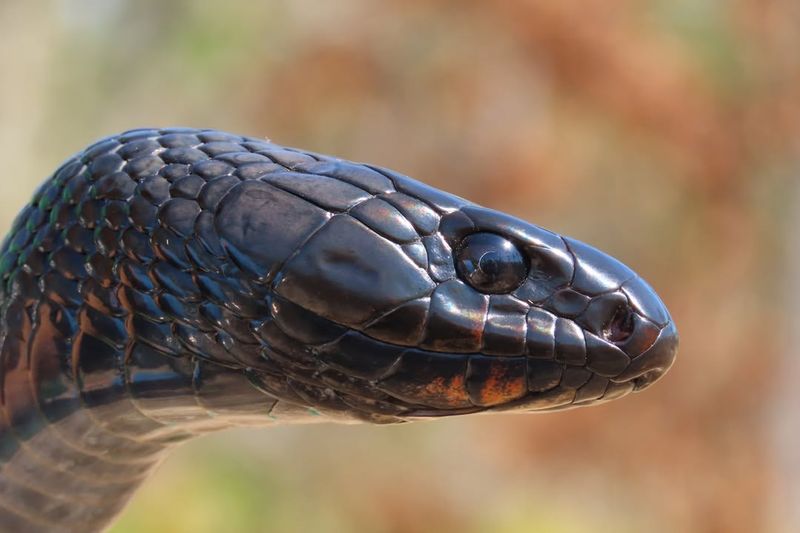
In Georgia’s dense forests, the Eastern Indigo Snake glides smoothly, its iridescent scales shimmering like jewels. As North America’s longest snake, it is harmless yet mesmerizing. Often preying on venomous snakes, it plays a vital role in maintaining ecological balance, a true guardian of the forest.
12. Yosemite Toad
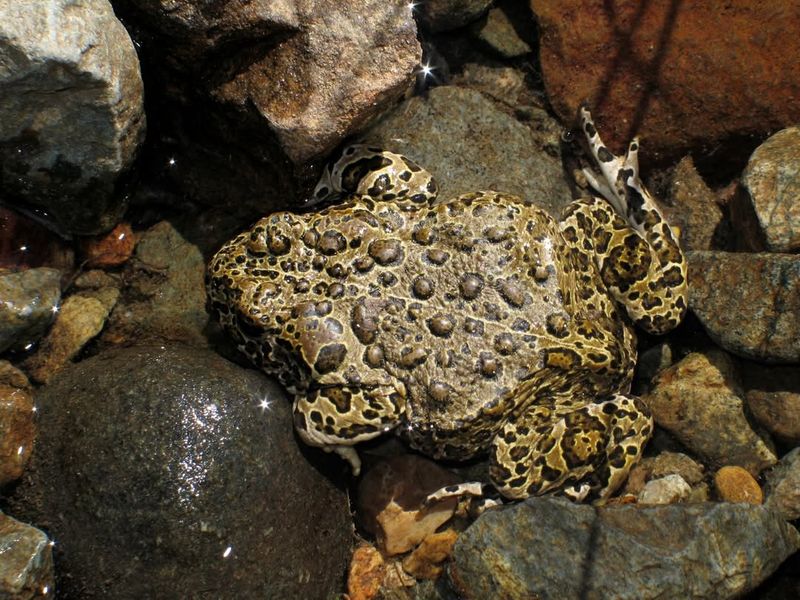
In the verdant meadows of Yosemite, the Yosemite Toad emerges after spring rains. With its striking patterns and vibrant colors, this toad is a visual delight. Its presence signals a healthy ecosystem, and despite challenges like habitat loss, it remains a cherished part of the park’s biodiversity.
13. Sierra Nevada Bighorn Sheep
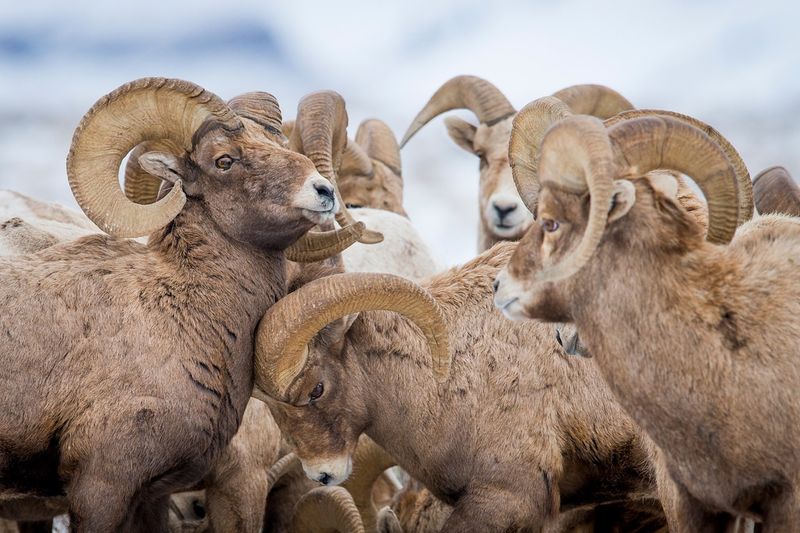
High in the Sierra Nevada mountains, the Bighorn Sheep stands majestic against a backdrop of snow-capped peaks.
Known for their impressive curved horns, these agile climbers navigate the rugged terrain with ease. Conservation efforts have bolstered their numbers, ensuring these mountain marvels continue to thrive.
14. Black-Footed Ferret
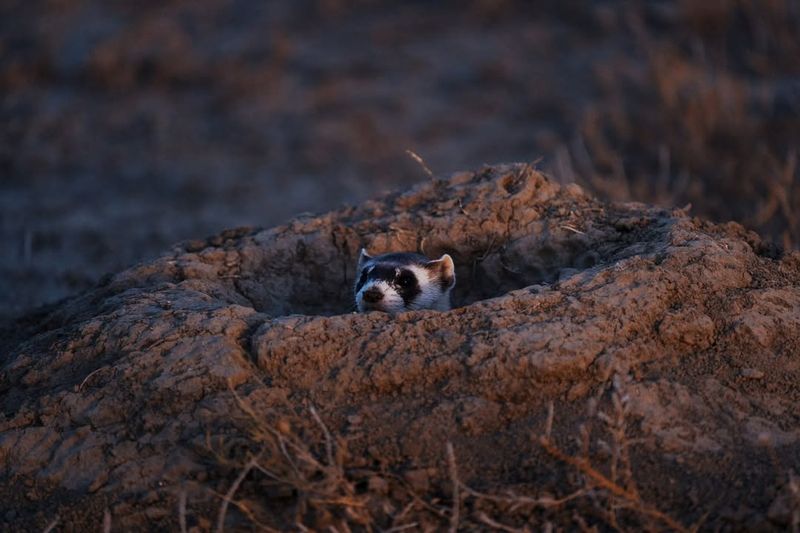
Once thought extinct, the Black-Footed Ferret now peeks out from prairie dog burrows on the Great Plains. Their slender bodies and masked faces give them an endearing appearance.
As nocturnal hunters, they play a crucial role in controlling prairie dog populations, maintaining the balance of the grassland ecosystem.
15. Kodiak Bear
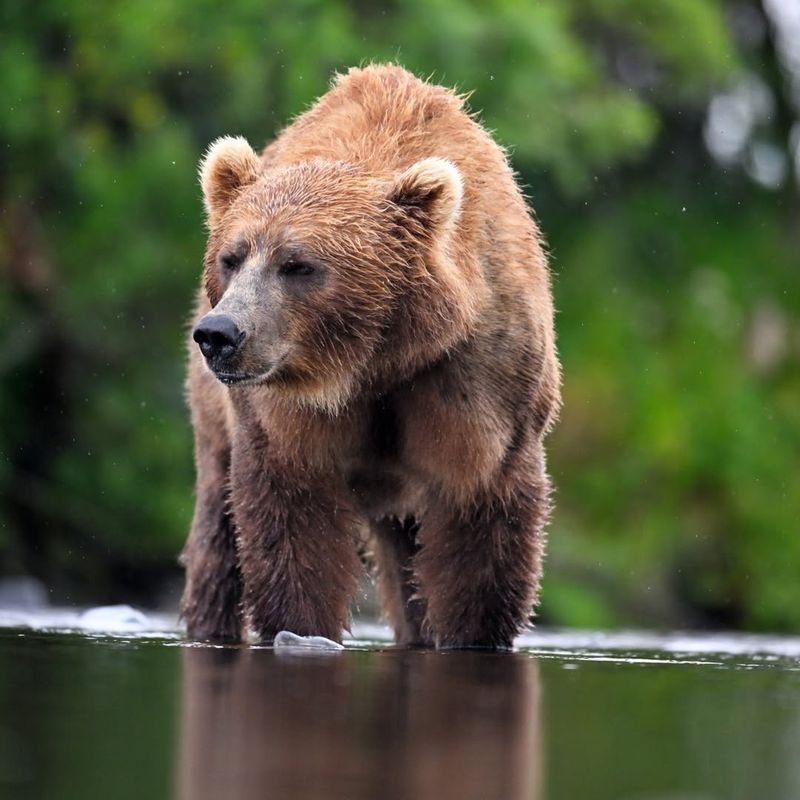
In Alaska’s pristine wilderness, the Kodiak Bear reigns supreme. These giants are among the largest bears on Earth, with a diet that often includes fish from rushing rivers. Observing a Kodiak Bear in its natural habitat is awe-inspiring, as it demonstrates both power and peacefulness.
16. Amargosa Toad
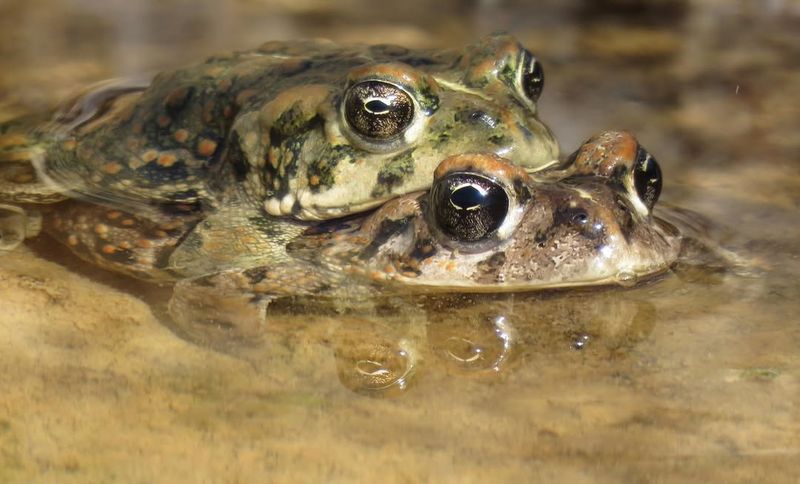
In Nevada’s desert springs, the Amargosa Toad makes its home. This small toad is a master of survival, thriving in harsh environments. With its mottled skin and gentle croaks, it adds a touch of life to the arid landscape, a reminder of nature’s adaptability and resilience.
17. Desert Tortoise
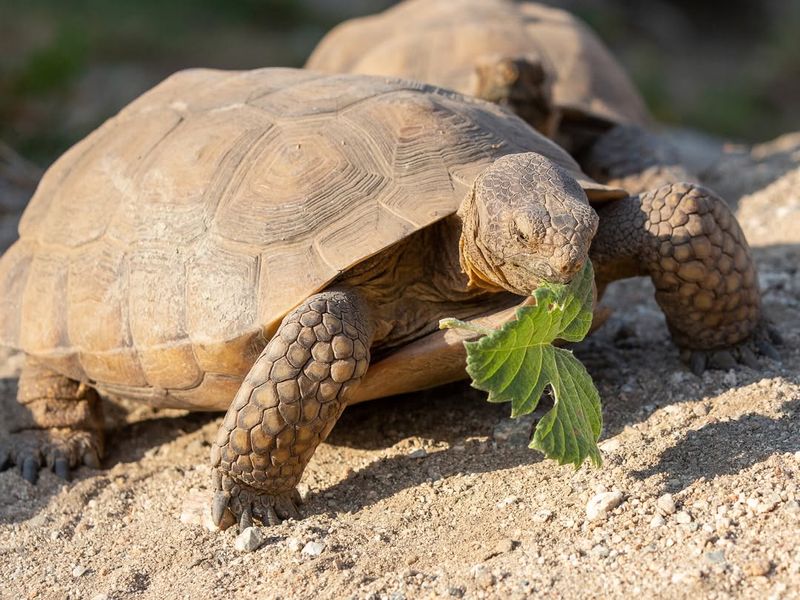
Across the Mojave Desert, the Desert Tortoise trudges along, patient and enduring.
These ancient creatures have adapted to survive extreme conditions, spending much of their life hidden in burrows to escape the heat. Their resilience and slow, deliberate movements make them a fascinating part of the desert ecosystem.
18. Pronghorn
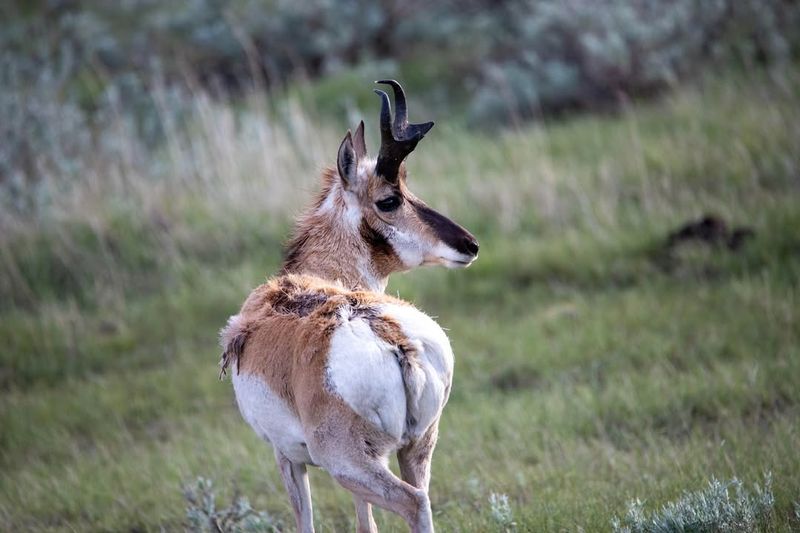
On the vast Wyoming plains, the Pronghorn dashes with unmatched speed. Often mistaken for antelope, they’re uniquely American. Their keen eyesight and swift legs allow them to evade predators with ease. As one of the fastest land animals in the Western Hemisphere, they embody the spirit of the open range.
19. Loggerhead Turtle
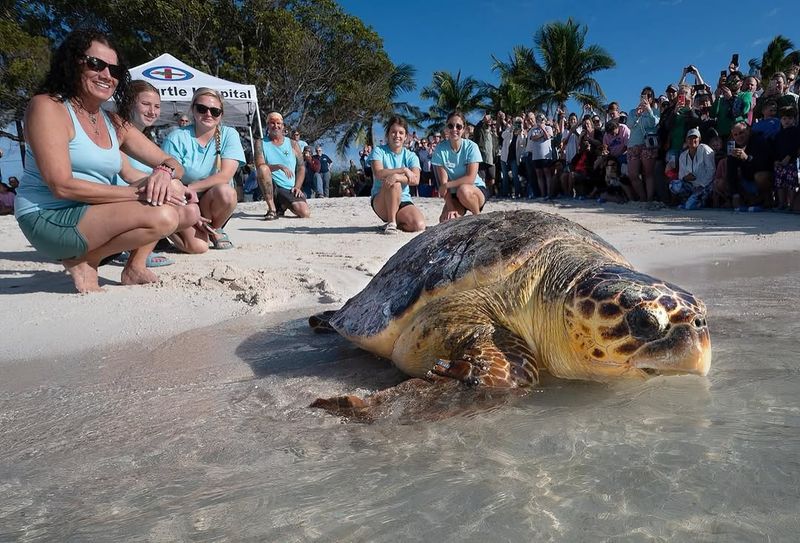
In the warm Atlantic waters off Florida, the Loggerhead Turtle glides gracefully. Known for their large heads and powerful jaws, these turtles are vital to marine health. Nesting on sandy beaches, they face numerous threats but remain a critical link in the ocean’s complex web of life.
20. Kirtland’s Warbler
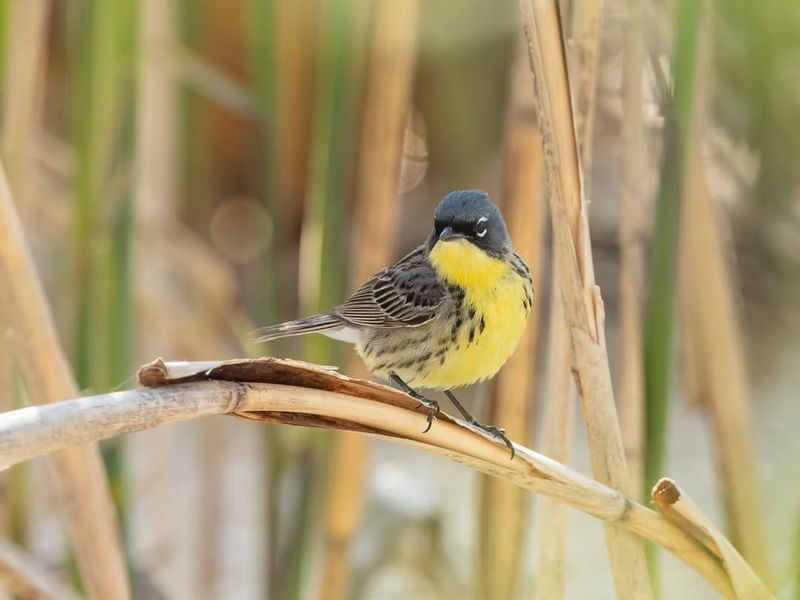
In Michigan’s Jack Pine forests, the Kirtland’s Warbler sings a rare tune. This small, colorful bird is a conservation success story, thriving thanks to habitat restoration.
With its bright plumage and distinctive song, it captivates bird watchers and serves as a beacon of hope for endangered species.
21. Sonoran Pronghorn
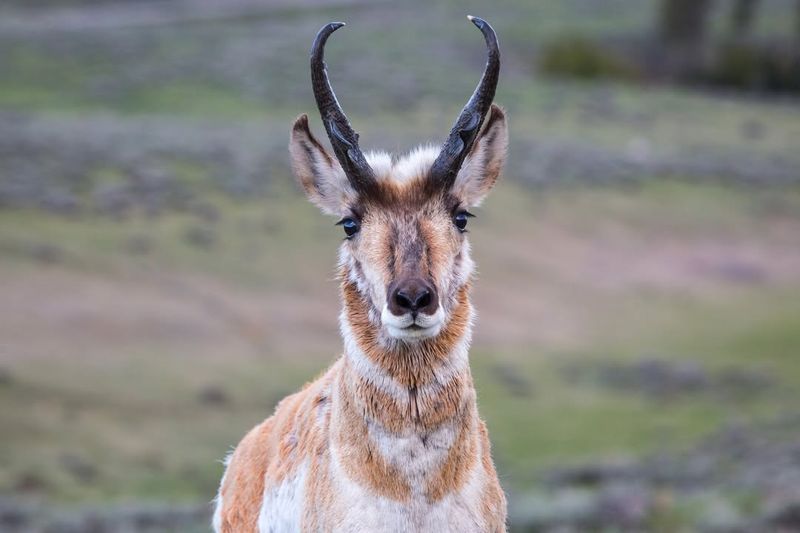
Amidst Arizona’s desert landscape, the Sonoran Pronghorn moves gracefully, its delicate build contrasting the rugged terrain. Adapted to arid conditions, it browses on desert plants. Their ability to survive in such an unforgiving environment underscores the resilience and adaptability of nature’s wonders.


